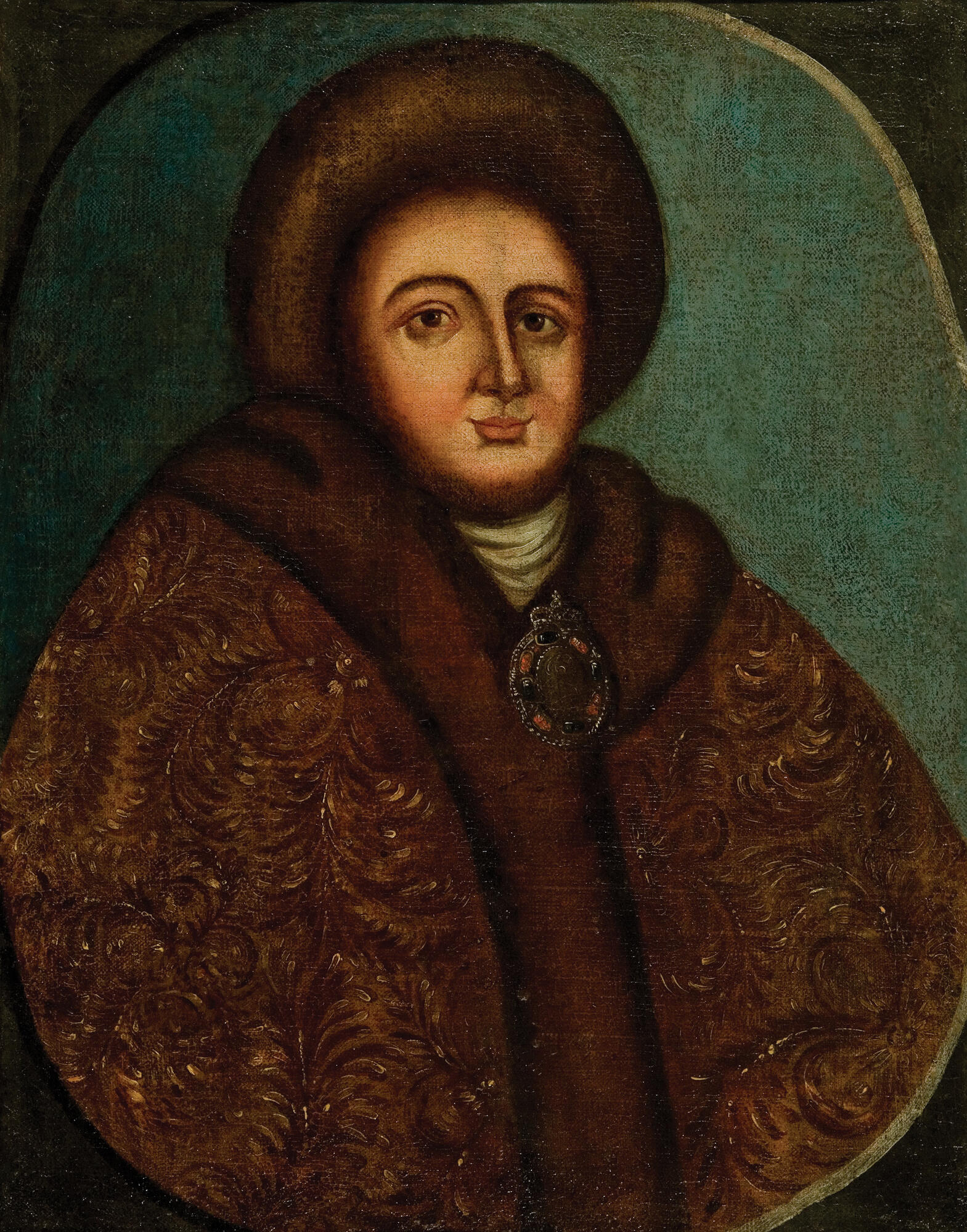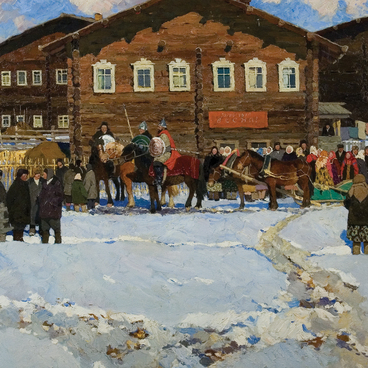The Russian empress Evdokia Fyodorovna Lopukhina was the first wife of Peter I, the mother of Tsarevich Alexei, the last Russian tsarina and the last non-foreign wife of the Russian monarch. The fate of Evdokia Lopukhina turned out dramatically: Peter quickly lost interest in his wife, and in 1698 she was forcibly tonsured as a nun. Evdokia Fyodorovna was the daughter of the head of the Streltsy unit, Illarion Lopukhin. For seven years she was an empress, but no one remembered her sitting on a throne in silks and brocades. Excommunicated from the throne, she could have led a rebellion, but preferred monastic exile. Evdokia Fyodorovna lived a long life, outliving her husband, children and even grandchildren.
The portrait of Evdokia Lopukhina and the portrait of Alexei Mikhailovich are the exhibits that initiated the formation of the collection of the Voronezh Provincial Museum. Initially, the works were in a common frame. Both paintings carry stylistic features of portrait art at the initial stage of its formation. The peculiarities of the portrait’s painting style allow art historians to attribute it to the primitive portrait (parsuna) type. Parsuna (distorted “person”) is the conventional name of works of Russian, Belarusian and Ukrainian portrait painting of the late 16th — 17th century, combining the techniques of icon painting with a realistic figurative interpretation.
In the modeling of faces, the artist applies light tones to a dark undercoat. The eyes are painted with highlights on the iris and whites, as was customary in secular portraits made in the technique of oil painting. At the same time, the decoration of the vestments with precious stones is depicted flat.
The time of the final transformation of parsuna
painting into a Western European pictorial portrait is considered to be the
1760s, but in the province the parsuna technique existed in a later period. In
the parsuna, the portrait similarity is conveyed very conditionally, specific
details and a signature are often used to identify the person depicted. The
characters are primarily kings, princes, and church hierarchs. The painting
presented in the exhibition entered the collection of the Voronezh Regional Art
Museum from the Voronezh Regional Museum of Local Lore in 1933.


